How to Build Tornado Resistant House Kits
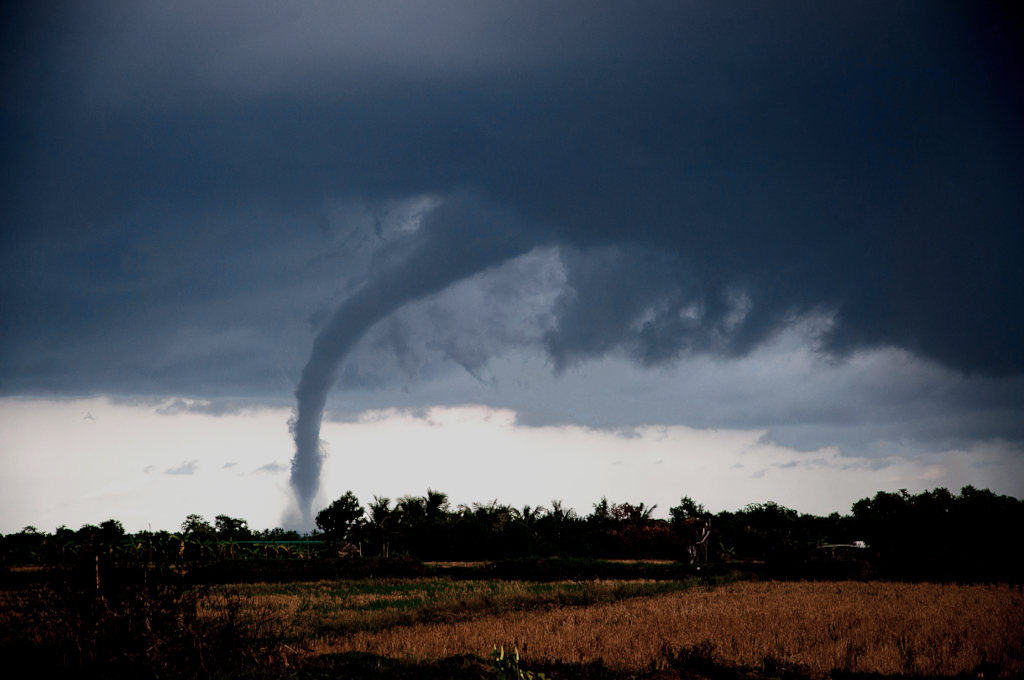

Across the United States, tornadoes leave trails of destruction. With speeds sometimes exceeding 200 mph for a category EF5, tornadoes are one of the planet's most violent and unpredictable weather phenomena. The most severe tornadoes level entire neighborhoods, uproot trees and even hurl cars and trucks like toys.
Even weaker tornadoes cause significant damage to buildings and infrastructure. The strong winds can rip off roofs, collapse walls, and shatter windows. Flying debris, such as branches, glass, and other objects, can become deadly projectiles that can cause severe injury or death.
Importance Of Having A Tornado-Resistant Home
In recent years, severe weather events have become more frequent and intense, increasing interest in tornado-resistant housing. While there may be no such thing as a 100% tornado-proof home, there are measures you can take to reduce the risk of damage and protect your family.
Homes built with structural insulated panels have greater integrity than traditional stick-built homes with two-by-four studs.
25-year Average of Tornadoes from 1998-2022Tornadoes strike year-round. The highest percentage happens in April, May, and June. Source: noaa.gov | ||
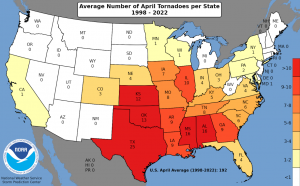 | 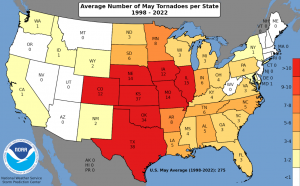 | 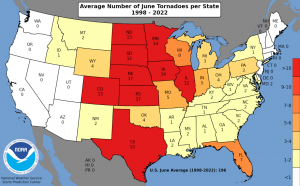 |
The Leading Tornado-Resistant House Design
Prefabricated house kits made with structural insulated panels (SIPs) are designed to withstand high winds and flying debris. These homes can also sometimes be upgraded to incorporate reinforced materials, including steel and concrete board.
Standard SIPs house kits still provide better protection against wind damage than traditional stick-built homes. According to independent studies at Pennsylvania State University and the University of Florida that demonstrated the strength of structural insulated panels, SIP homes are engineered to withstand winds up to 150 mph.
This provides ample protection considering that over the past decade, the average wind speed for tornadoes in the United States has been 113 mph.
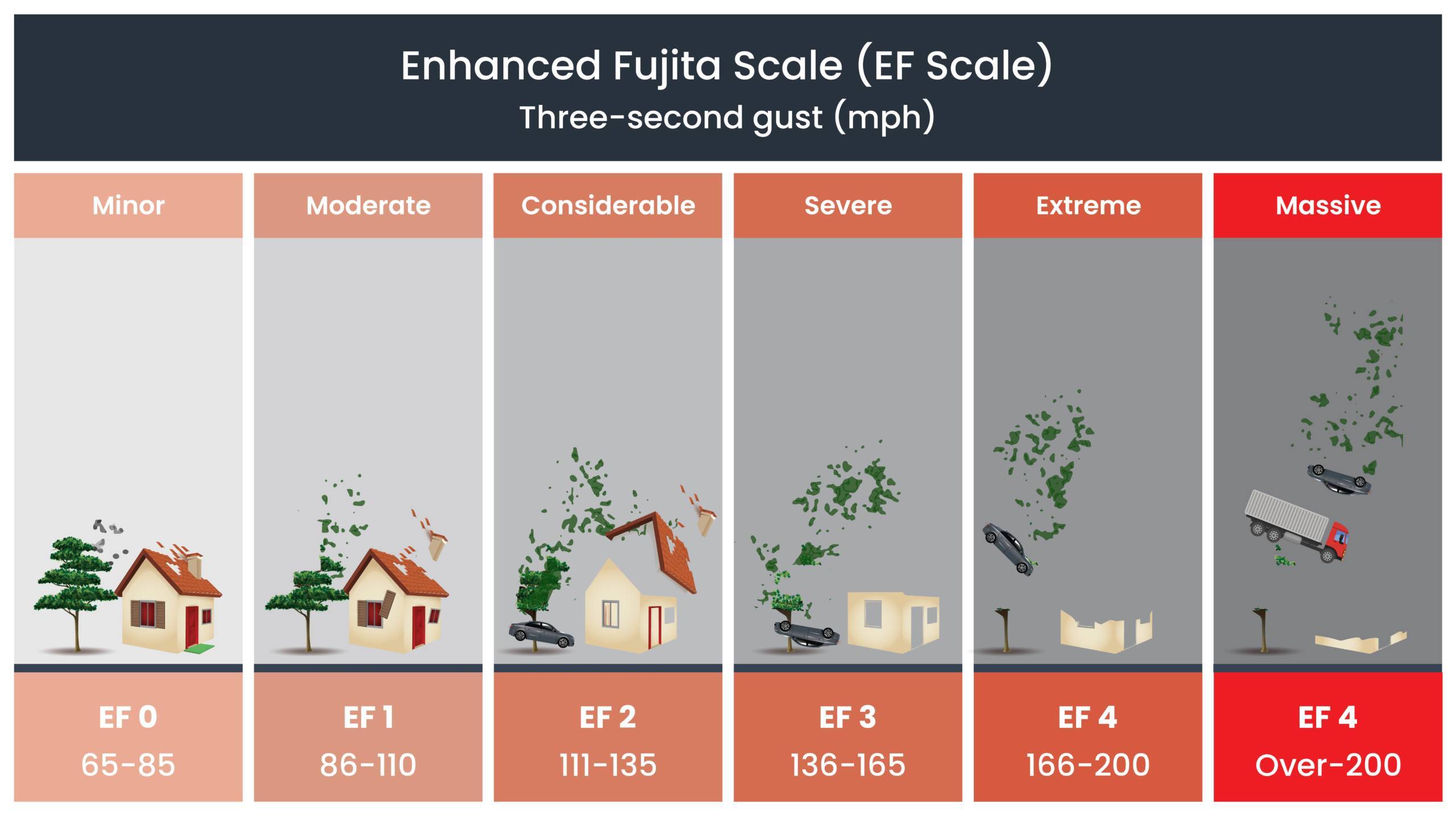
The most severe tornado on the Enhanced Fujita Scale, an EF5, can reach wind speeds up to 250 mph. Fortunately, EF5 tornadoes account for less than 1% of all tornadoes worldwide.
Additional SIP Advantages
In addition to their increased durability and protection from severe weather like tornadoes and hurricanes, homes built with SIPs also offer protection against fire, termites, and mold, making them a low-maintenance and long-lasting option for homeowners.
Tornado-resistant house kits can be built quickly and efficiently. These precision-manufactured allow for easy assembly on-site. In addition, they are often more affordable than custom-built homes, making them a more accessible option for homeowners.
A home can be under roof in a couple of days and completed in 16 weeks or less. That also makes rebuilding faster for communities struggling to recover after horrific storms have severely damaged or destroyed their homes.
Advantages of SIPs Kit Homes in Areas Prone to Tornadoes
More individuals, families, and investors building new homes are learning how traditional stick-built homes increase the risks of tornado damage. They want significant strength and protection at a cost that doesn’t price them out of homeownership.
Protecting Your Home and You
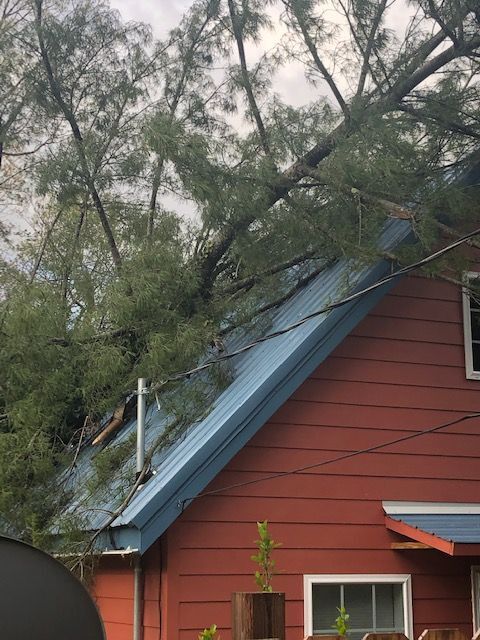
This North Carolina home Mighty Small Homes kit suffered cosmetic and minor roof damage from winds that uprooted trees.
The primary benefit of using the tornado-resistant kit is that it saves lives and provides enhanced safety for occupants at home. With reinforced walls, roofing, and windows, these homes are better equipped to protect occupants from flying debris and other hazards associated with severe weather.
The addition of a basement foundation provides the best protection against EF5 tornadoes.
Lower risk of property damage
Homes built with tornado-resistant kits are less likely to suffer from property damage during strong winds and tornadic activity. This means homeowners can avoid costly repairs or total losses due to tornado damage.
Reduced insurance premiums
Tornado-resistant homes are a valuable investment, providing enhanced safety and protection for occupants. This can increase the home's resale value, making it a wise long-term investment.
Increased home value
Tornado-resistant homes are a valuable investment, as they provide enhanced safety and protection for occupants. This can increase the resale value of the home, making it a wise long-term investment.
Customizable design options
Tornado-resistant kits come in various designs, materials, and finishes, allowing homeowners to customize their homes to meet their needs and preferences.
Other Tornado-Resistant Homes
There are several types of tornado-resistant house kits available on the market today. These kits are designed to withstand the high winds and flying debris associated with tornadoes, and they can be customized to meet the needs of individual homeowners.
Steel-Framed Homes
Steel’s durability and strength make it a first consideration when building a new home in tornado-prone areas. This construction uses steel beams covered with panels made from cement board, fiberglass, or metal. The panels provide additional protection against wind and debris. The construction cost can run up to $200 a square foot.
Concrete Homes
Concrete is another material commonly used in tornado-resistant homes. These homes feature walls made of reinforced concrete, which can withstand the high winds and flying debris associated with tornadoes. Concrete walls can be poured in place or set as pre-cast panels manufactured off-site. Concrete homes can be customized with different finishes, such as stucco, brick, or stone. The construction cost is similar to steel-framed homes.
Dome Homes
Dome homes are another type of tornado-resistant house kit. The geodesic spherical structure diverts high winds and flying debris associated with tornadoes. The same benefits reduce wind leaking into homes. Dome homes are also energy-efficient, and they can be customized to meet the needs of individual homeowners. The homes cost around $200 per square foot.
Underground Homes
Underground homes offer another option for anyone wanting to protect themselves from tornadoes. These homes are partially or entirely underground, with reinforced walls and sturdy roofs. An Underground home's above-ground entrances can be customized with different finishes, such as stucco, brick, or stone, to match the surrounding landscape. Costs start at about $150 per square foot.
Tips For Selecting The Best Tornado-Resistant Kit
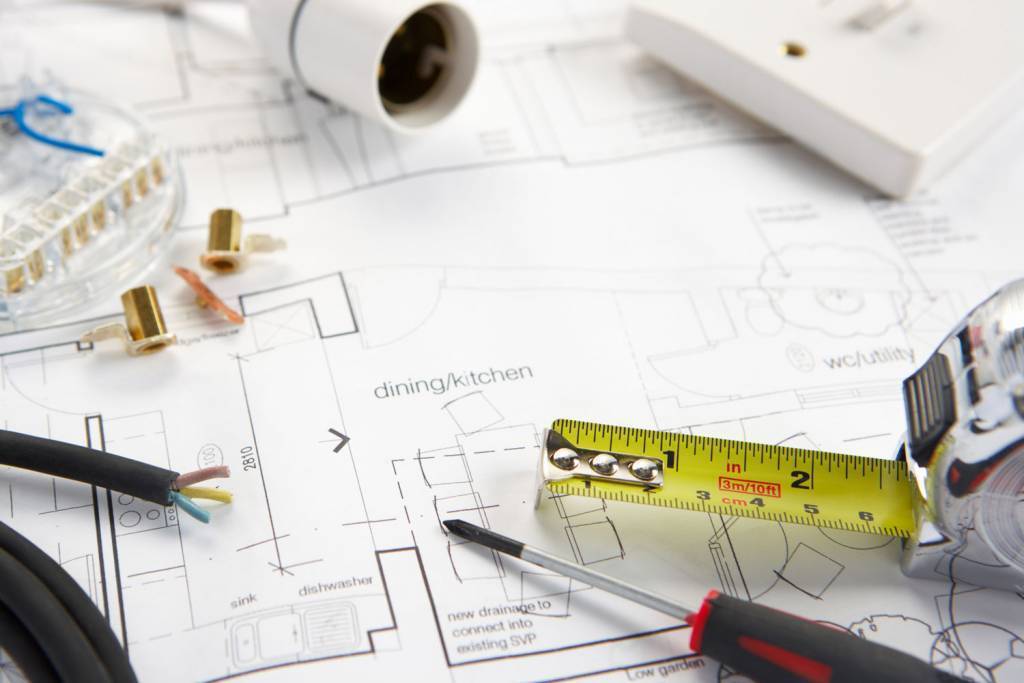
Selecting the best tornado-resistant home kit can be daunting. Here’s a look at considerations when evaluating the best tornado-resistant kit.
Consider The Materials
The materials used to construct the kit will determine how well it can withstand high winds and flying debris. Look for kits with SIPs manufactured using high-quality OSB or plywood, Grada A studs, and expanded polystyrene rigid foam insulation (EPS). Some companies offer upgrades for two-by-six wall panels instead of traditional two-by-four. Some companies offer options for using cement board for exterior sheathing and steel reinforcements.
Evaluate The Design
The kit's design will also affect its ability to withstand severe weather events. Look for kits with reinforced roofs, walls, and anchoring systems that keep the structure securely on the foundation.
Check The Certifications
Look for tornado-resistant kits certified by reputable organizations such as the National Storm Shelter Association (NSSA) or refer to the Federal Emergency Management Agency (FEMA) regulations. These certifications indicate that the kit has been tested and meets specific safety standards.
Consider Installation and Maintenance
Consider the ease of installation and maintenance of the kit. Some kits may require professional installation, while others may be more DIY-friendly. Additionally, consider how easy it is to maintain the kit over time, such as how often it needs to be inspected or repaired.
Look For Customization Options
Every homeowner has unique needs and preferences, so it's essential to look for tornado-resistant kits that can be customized to meet your specific requirements. Look for kits offering various customization options, such as different finishes, sizes, and layouts. Many companies provide design sizes outside standard models. These involve additional costs for engineering and related certification.
Read Customer Reviews
Finally, read customer reviews to understand how the kit performs in real-world situations. Look for reviews from customers who have experienced severe weather events, as they can provide valuable insights into the kit's effectiveness and durability.
Costs and Confidence Drive Decision
Considering only a tiny percentage of tornadoes reach EF4 or EF5 level, deciding on a home kit comes down to what delivers the most significant protection at a reasonable cost.
Tornado-resistant house kits like those from Mighty Small Homes are viable for homeowners who want to protect their families and homes from severe weather events. These homes are affordable, durable, and can be built quickly and efficiently.
By selecting the right design, materials, and builder, you can create a secure and resilient home that can withstand the most common tornadoes.